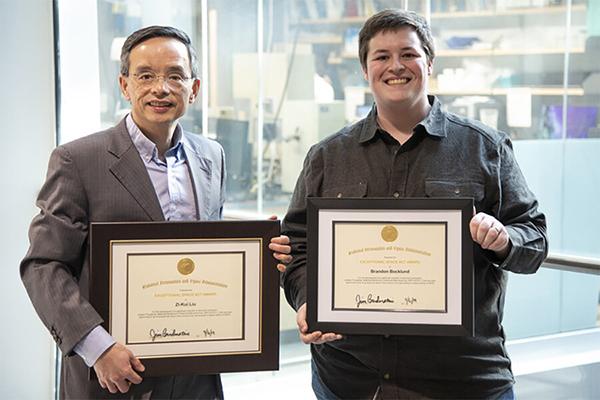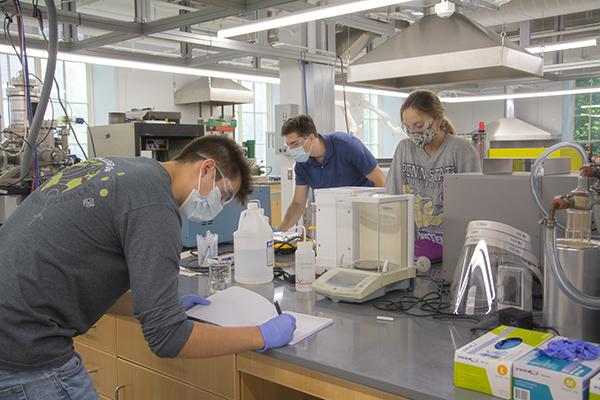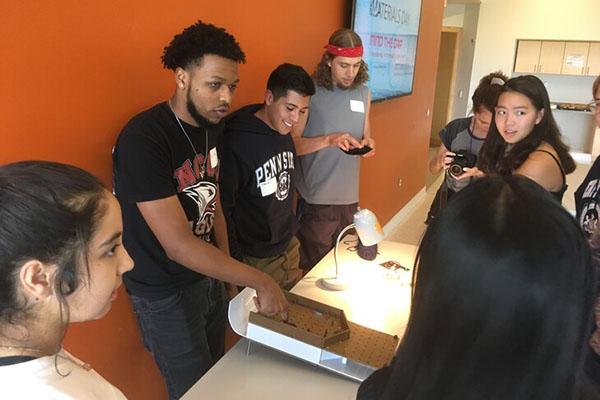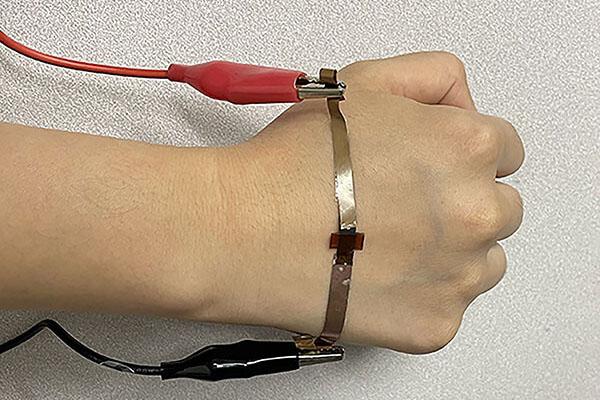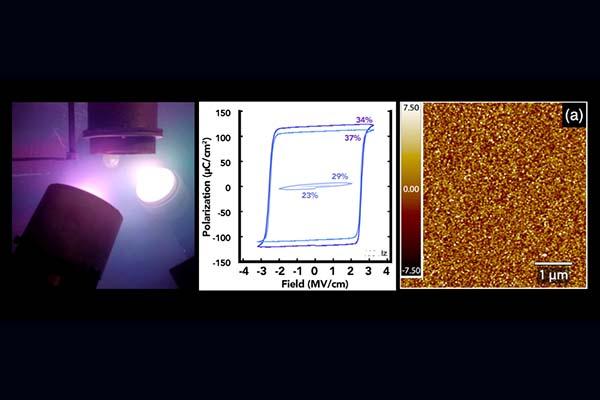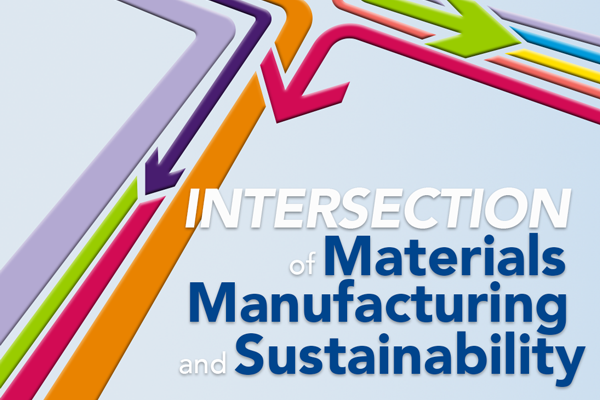The Graduate School Alumni Society (GSAS) Board of Directors has announced its three graduate student representatives for academic year 2021-22. The graduate students were nominated and selected due to being top academic performers, possessing a service orientation, and for serving as advocates for graduate students at Penn State.
Society’s use of materials, with its humble beginnings in the Stone Age with natural materials, advanced through the Bronze Age and Iron Age with man-made alloys to the current Industrial Age and Modern Era. Now, in the 21st century, the functionality of society relies significantly on digital technologies in terms of integration of cyber-physical systems through digitization of knowledge, and the demand for new materials to enable and promote the digital age will continue to increase.
In the recently released 2022 U.S. News & World Report Best Undergraduate Engineering Programs rankings, the Penn State College of Engineering ranks No. 21 in the country, advancing one place from last year’s report. Among public engineering programs, Penn State ranks 12th in the nation.
The National Science Foundation (NSF) has named Penn State the lead partner to both Florida International University (FIU) and North Carolina Central University (NCCU) as part of the Partnerships for Research and Education in Materials (PREM) program.
All of the data produced or used in 2020 was estimated to be about 59 zettabytes, each of which equals a billion terabytes. If each terabyte represents a mile, 59 zettabytes would allow for almost 10 full round trips from Earth to Pluto.
Graphene, hexagonally arranged carbon atoms in a single layer with superior pliability and high conductivity, could advance flexible electronics according to a Penn State-led international research team. Huanyu “Larry” Cheng, Dorothy Quiggle Career Development Professor in Penn State's Department of Engineering Science and Mechanics (ESM), heads the collaboration, which recently published two studies that could inform research and development of future motion detection, tactile sensing and health monitoring devices.
A new family of materials that could result in improved digital information storage and uses less energy may be possible thanks to a team of Penn State researchers who demonstrated ferroelectricity in magnesium-substituted zinc oxide.
A national research center that brings together university, industry and government partners to develop atom-thin 2D coatings with wide-ranging industrial applications is expanding thanks to a grant from the National Science Foundation (NSF).
Travis Peters, a doctoral candidate in materials science and engineering at Penn State, will spend a year researching wearable electronics for medical use at Oak Ridge National Laboratory as part of an elite program funded by the U.S. Department of Energy (DOE).
Registration is now open for Penn State’s annual Materials Day, to be held Oct. 12-13 as a hybrid event both virtually and on the University Park campus. This year’s theme is "The Intersection of Materials, Manufacturing and Sustainability."



